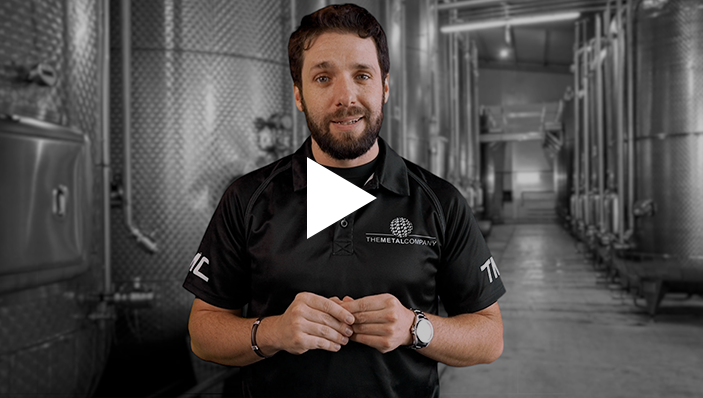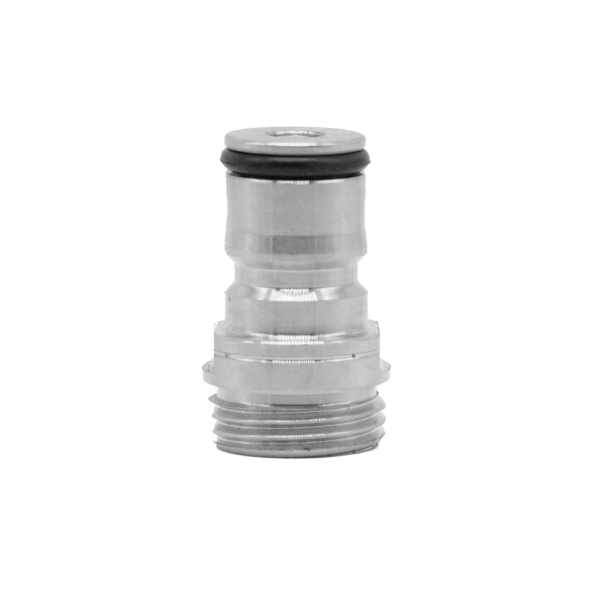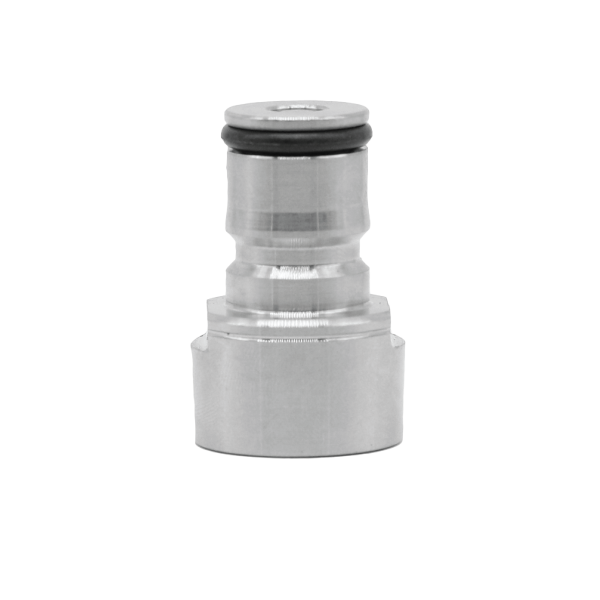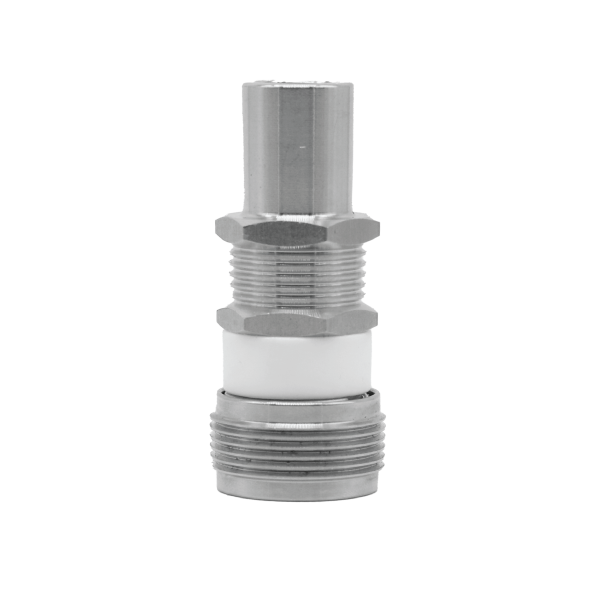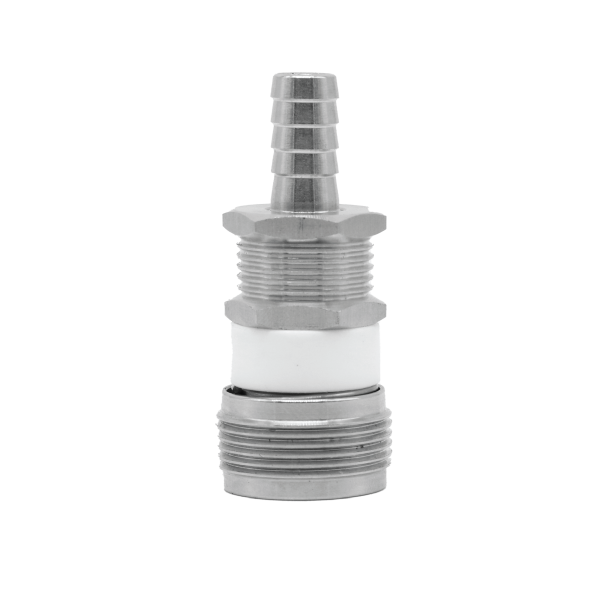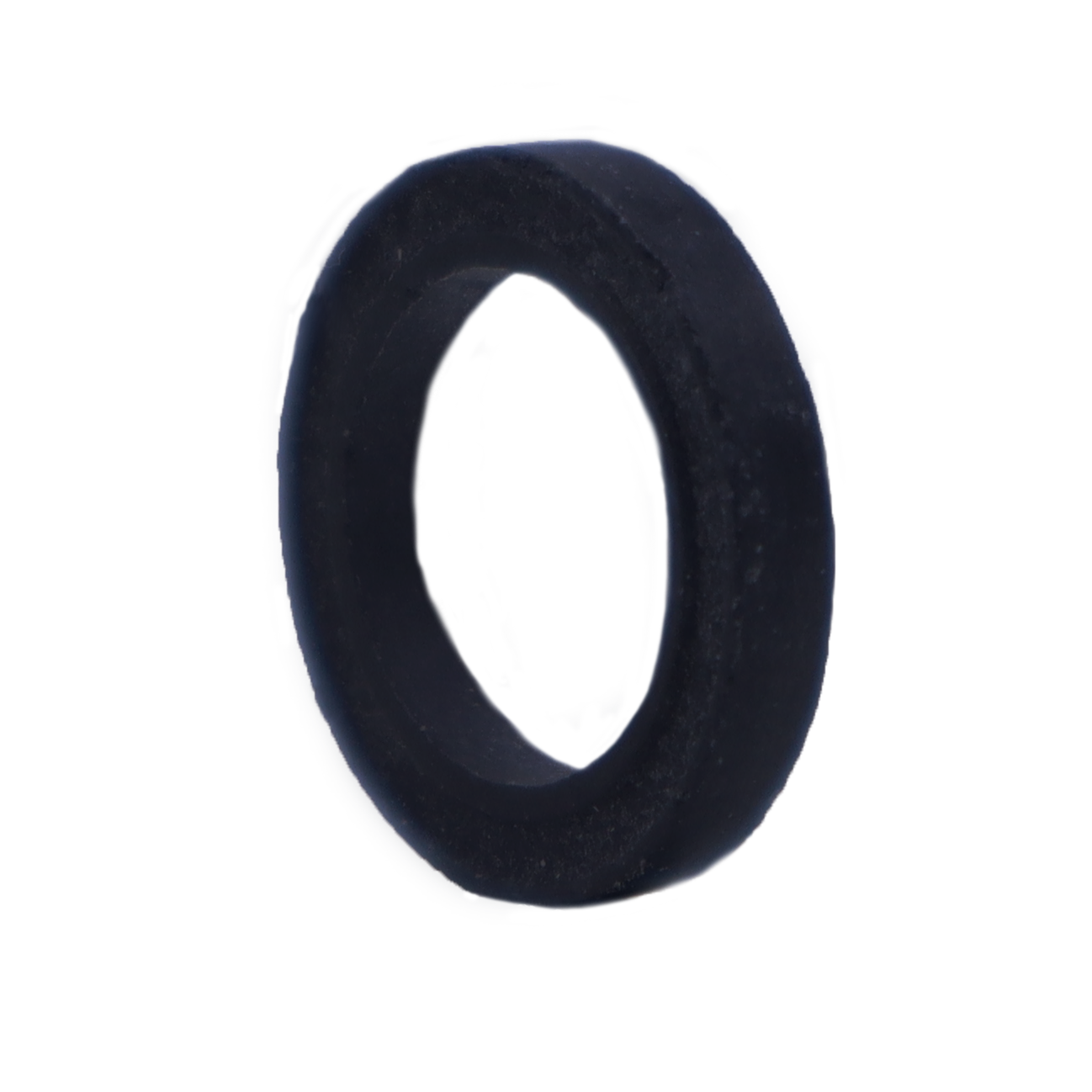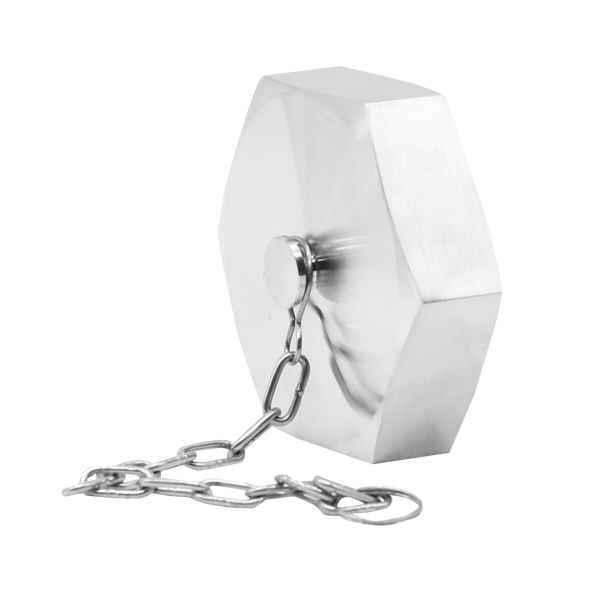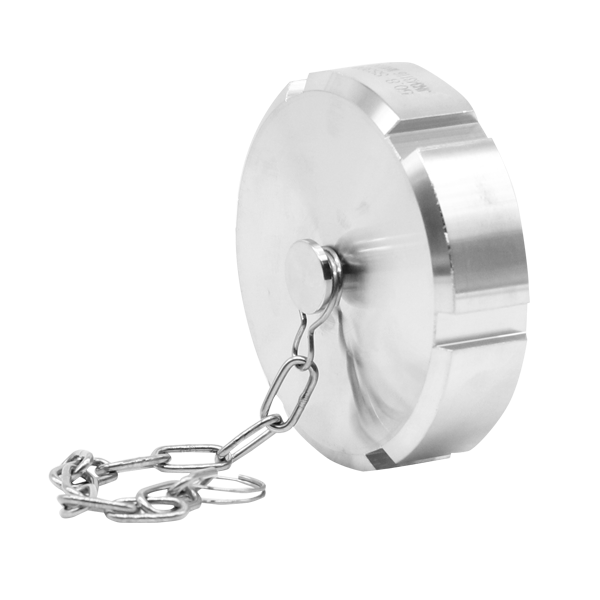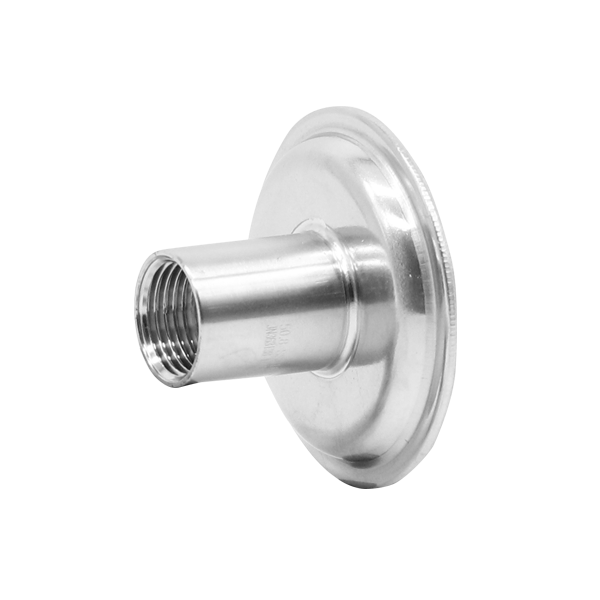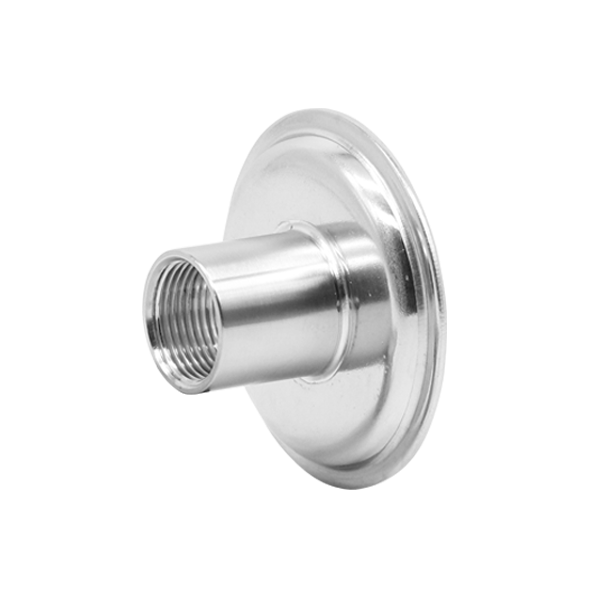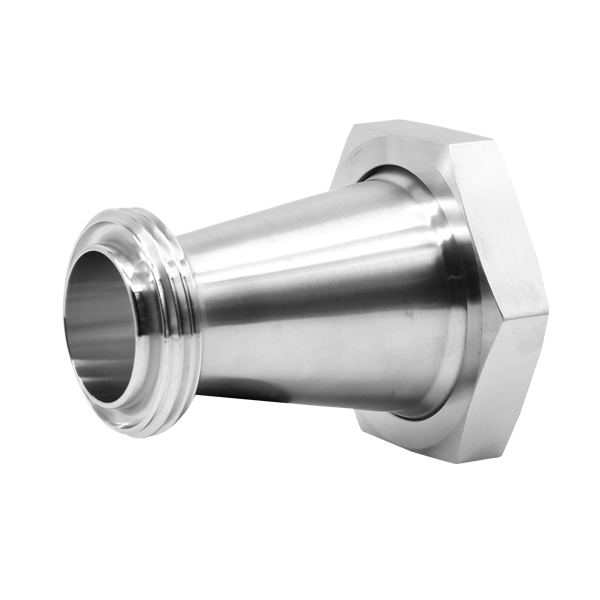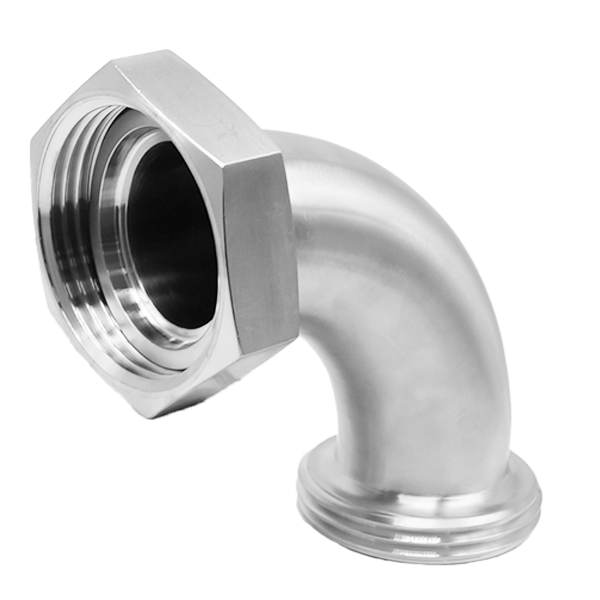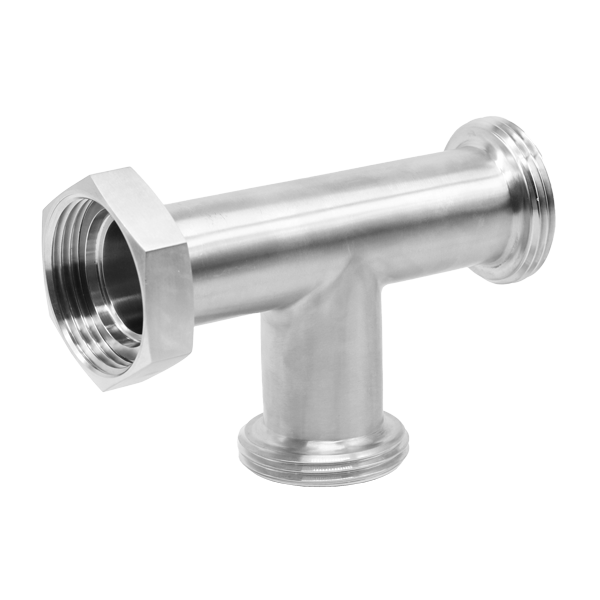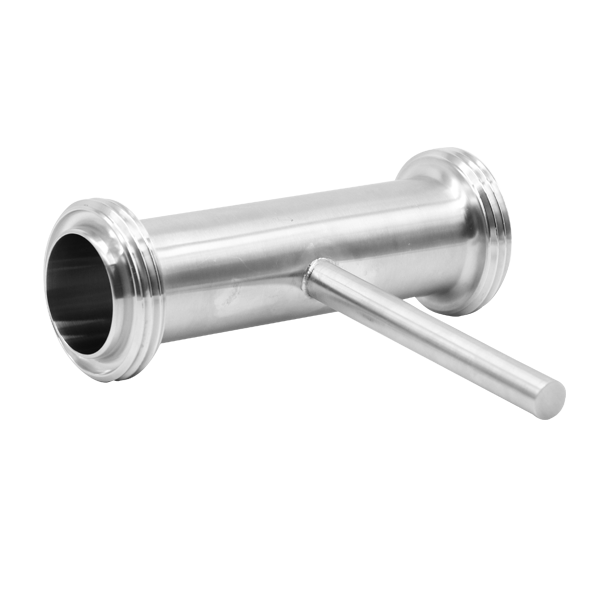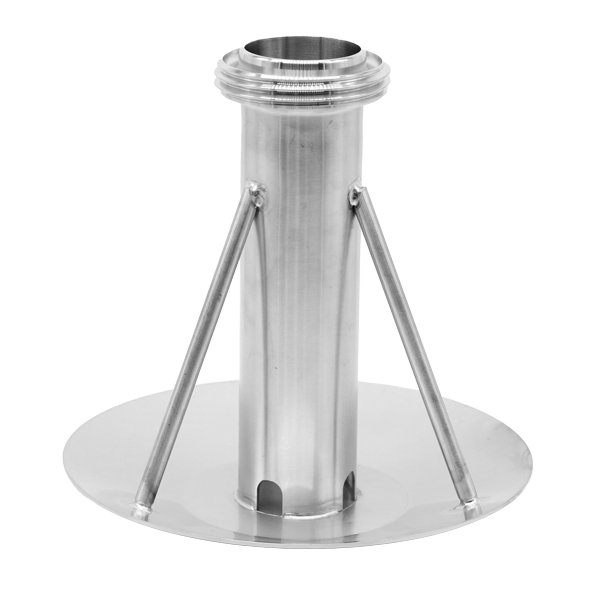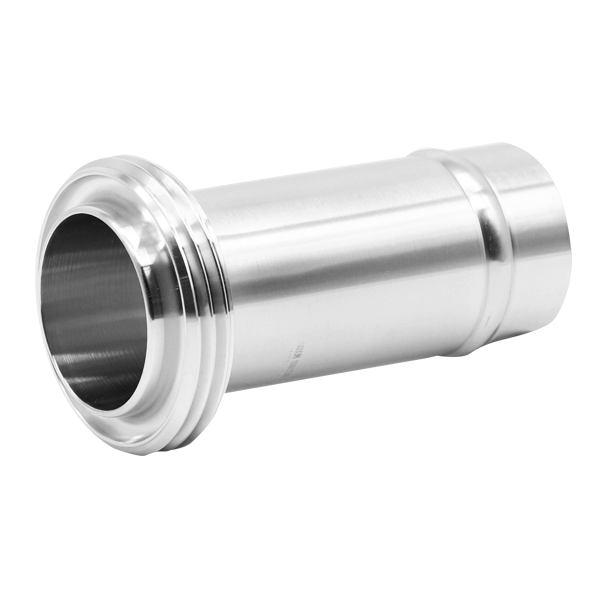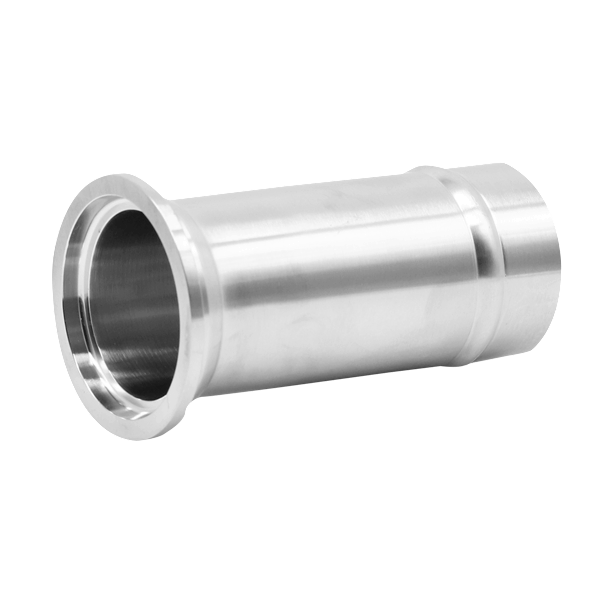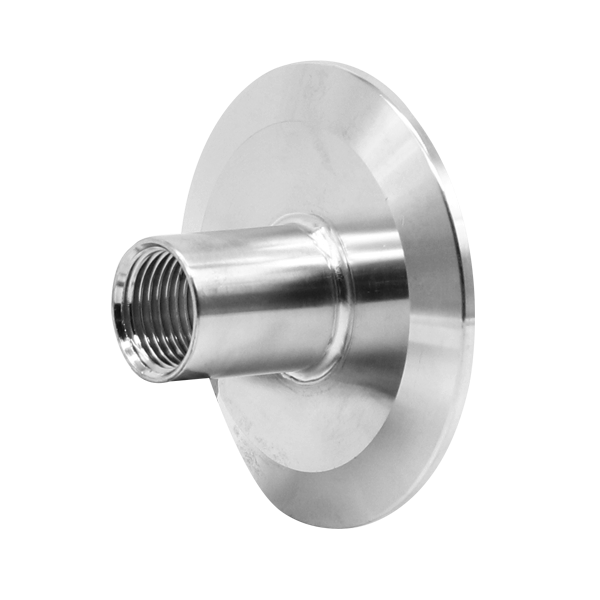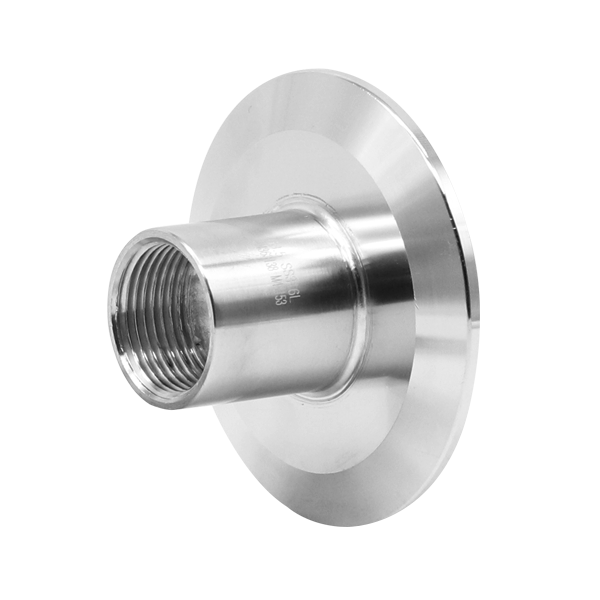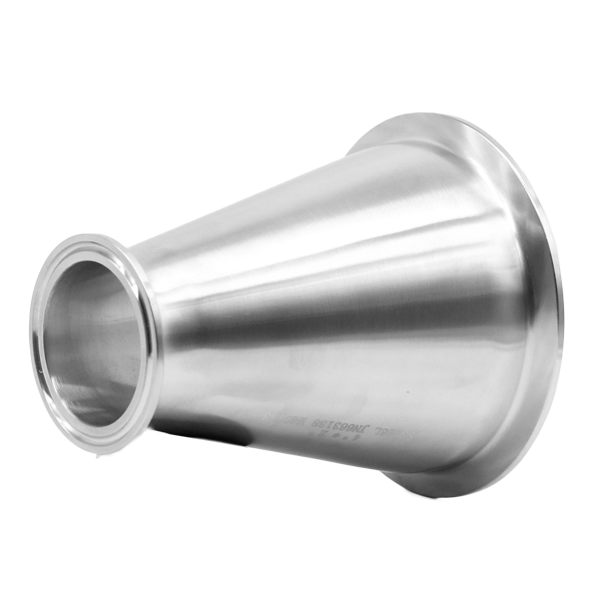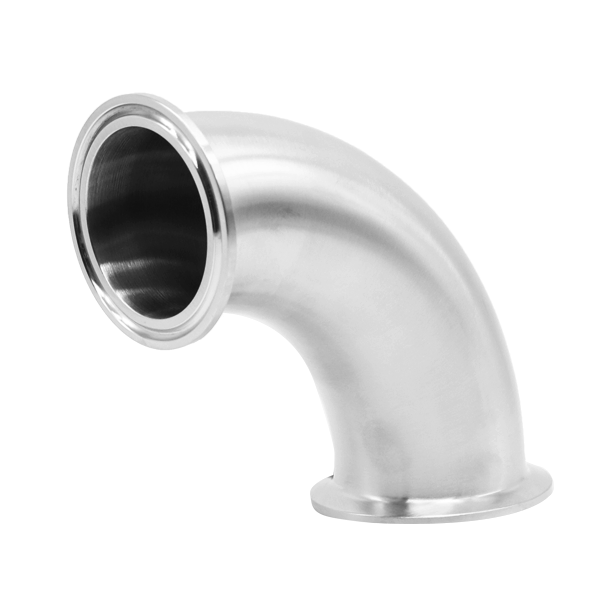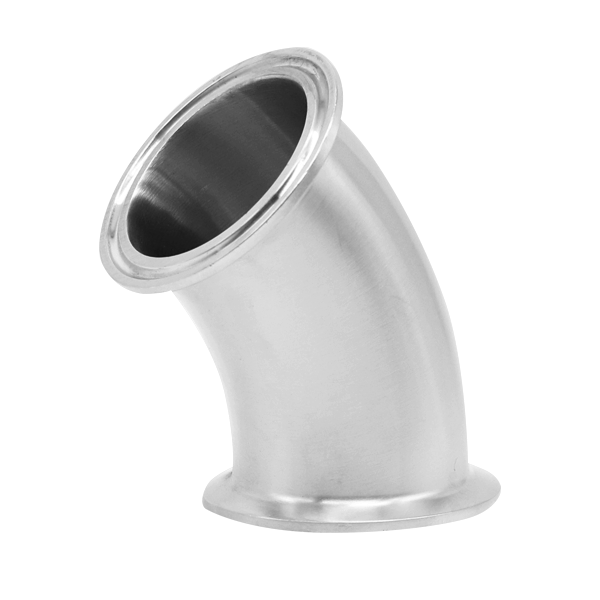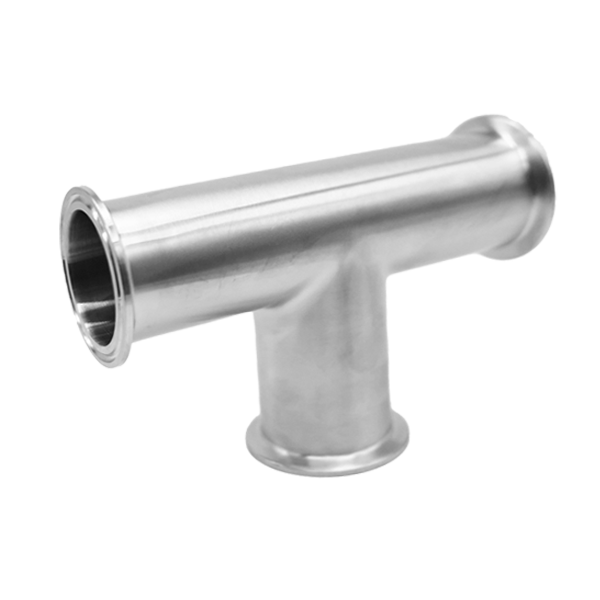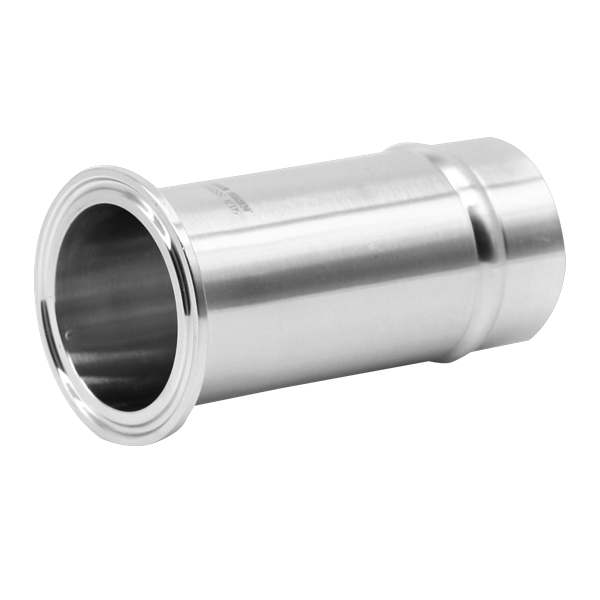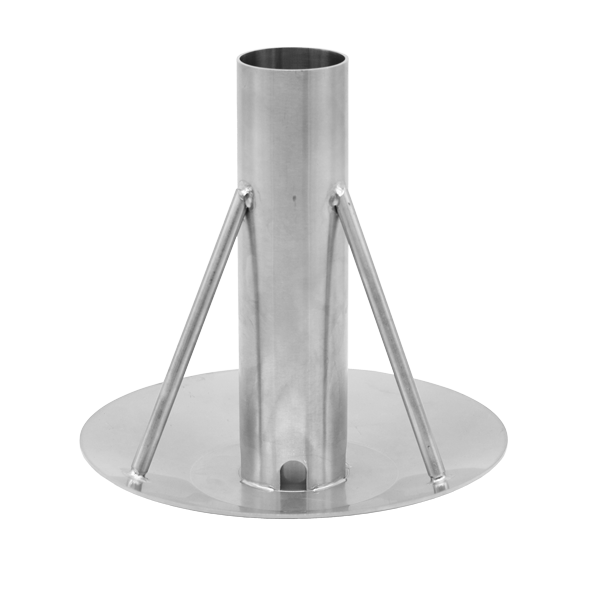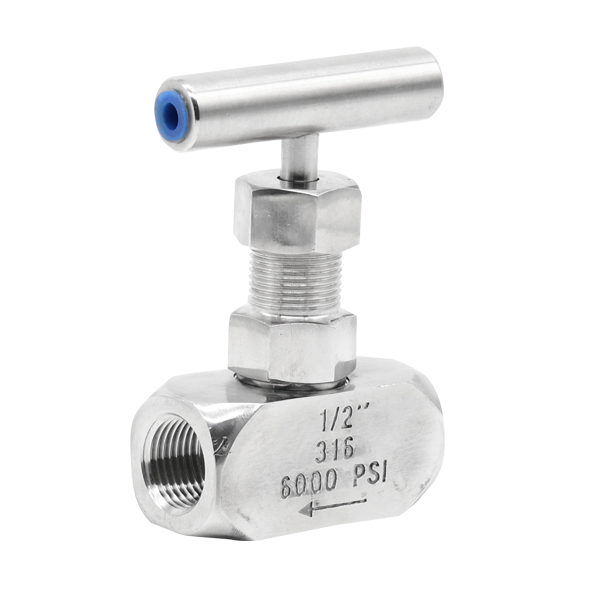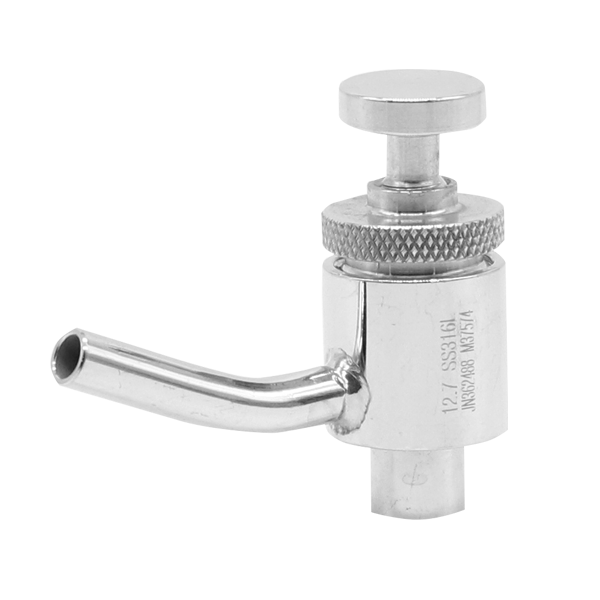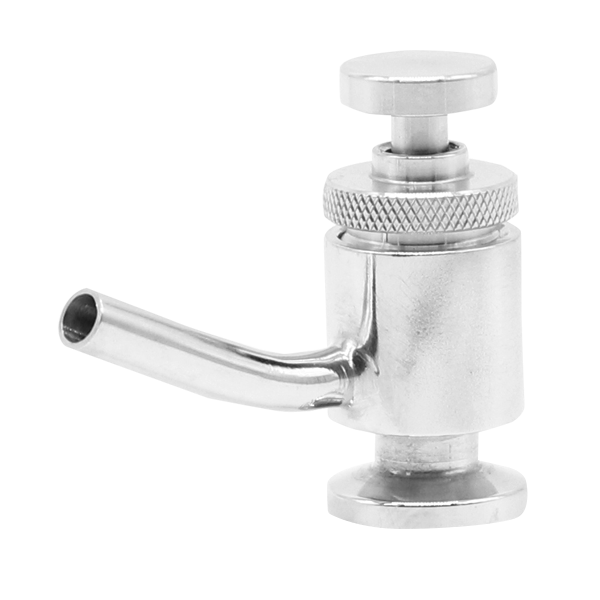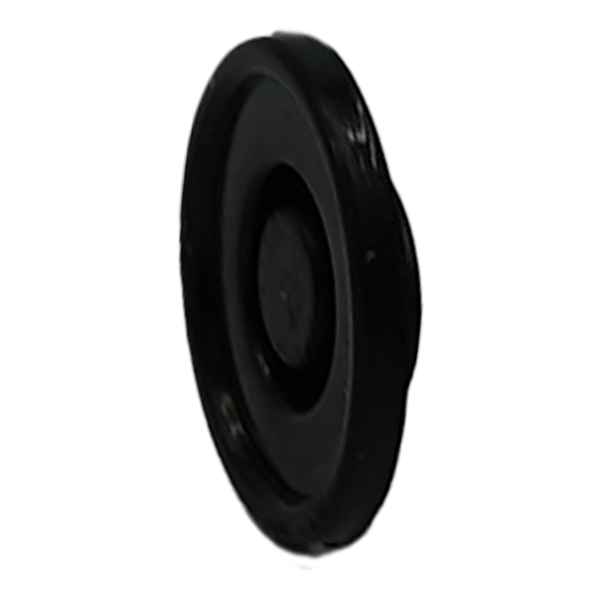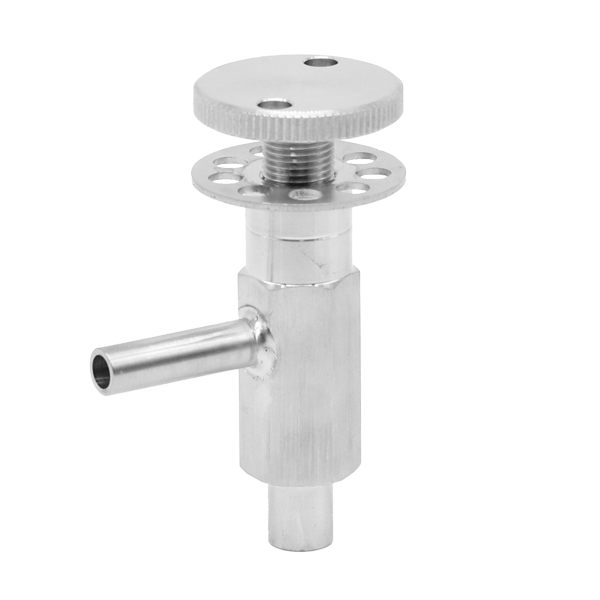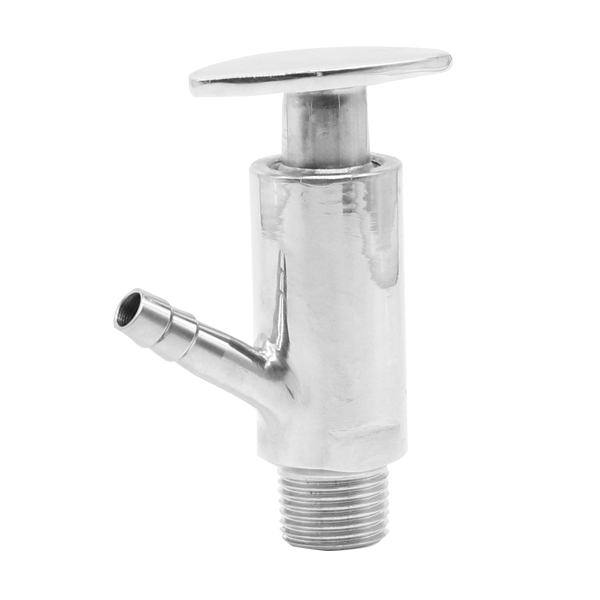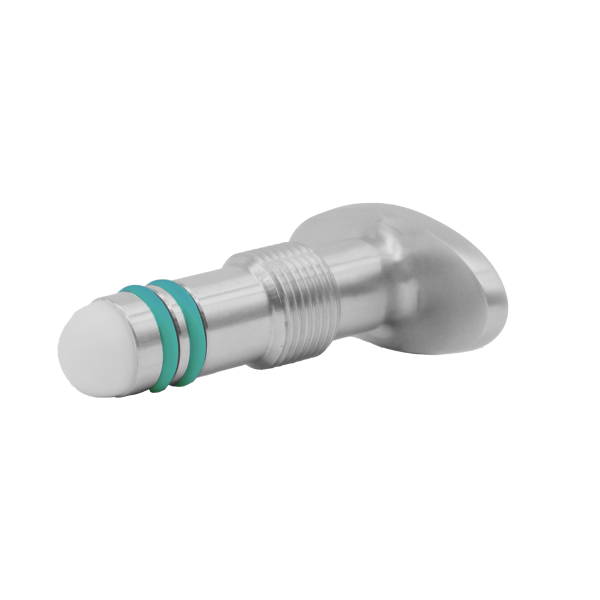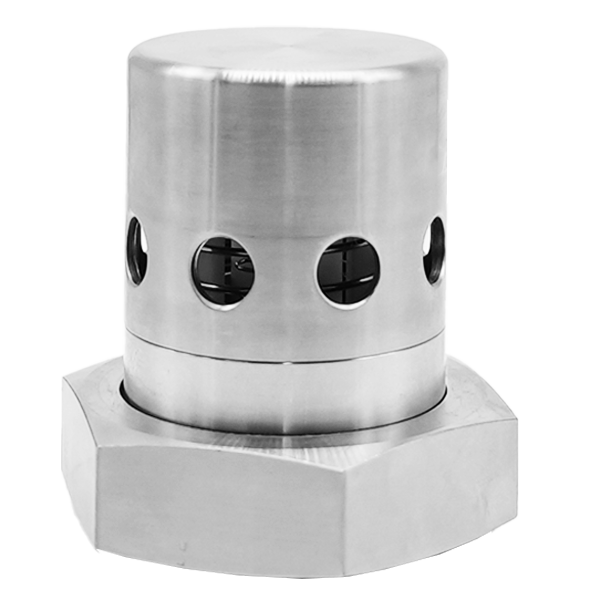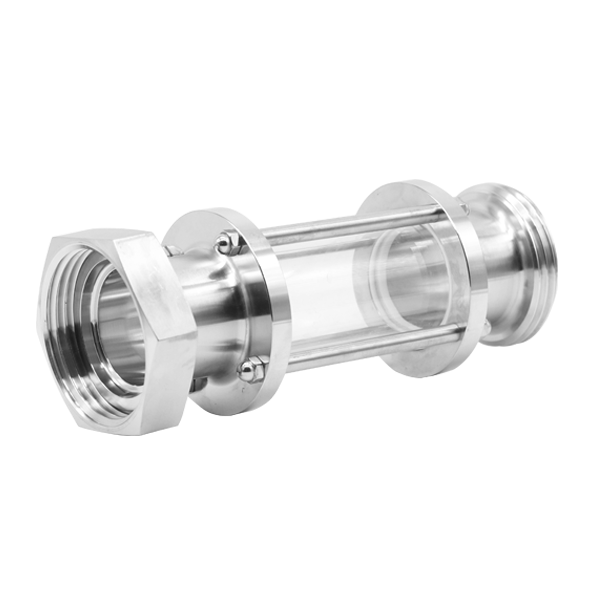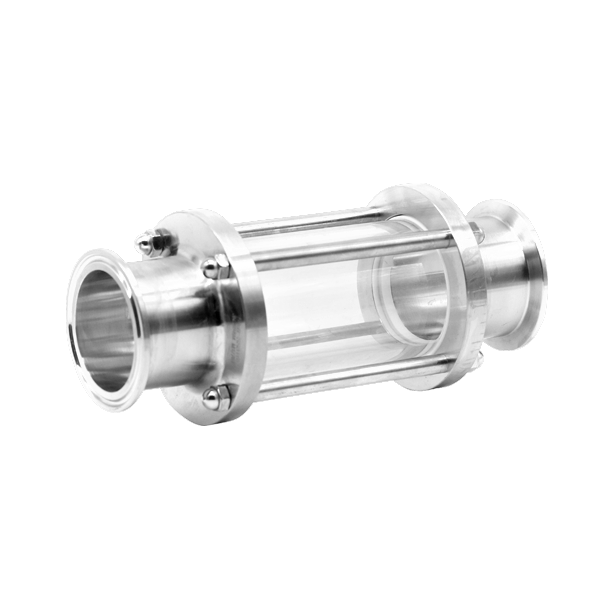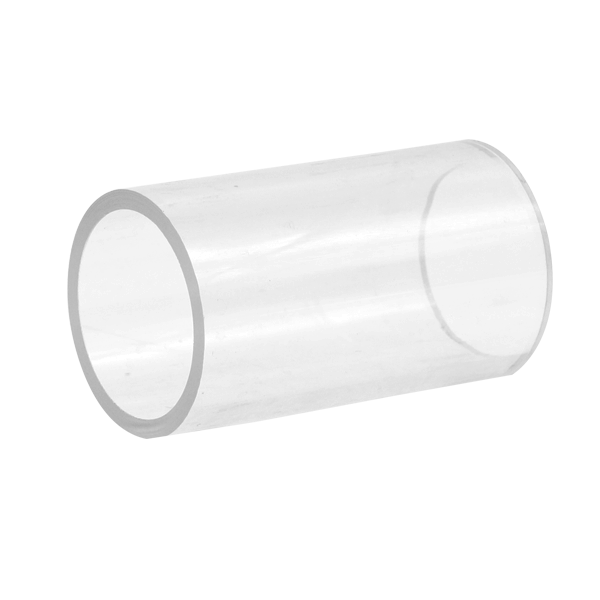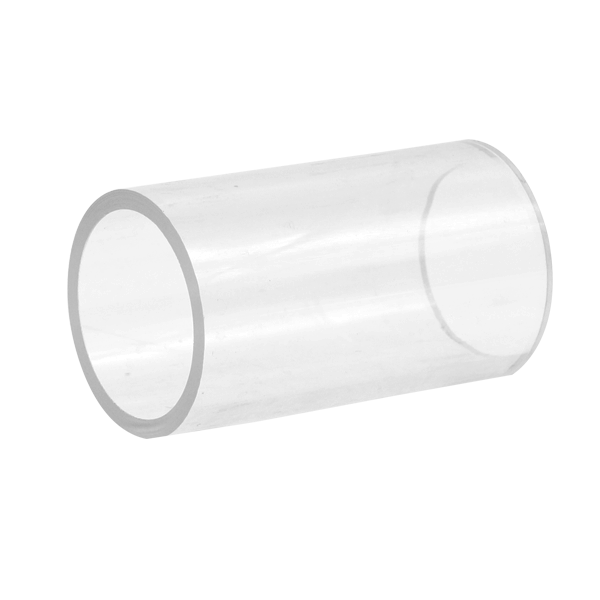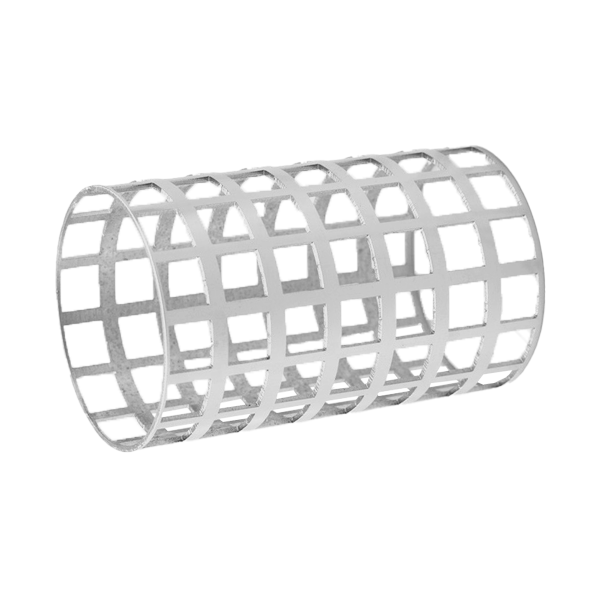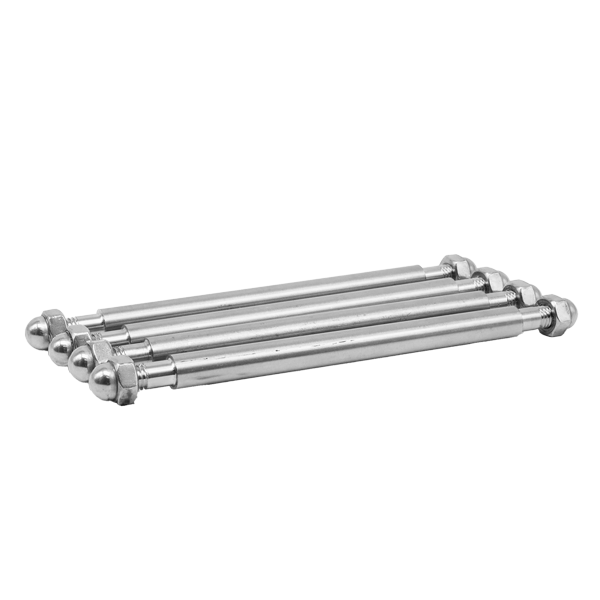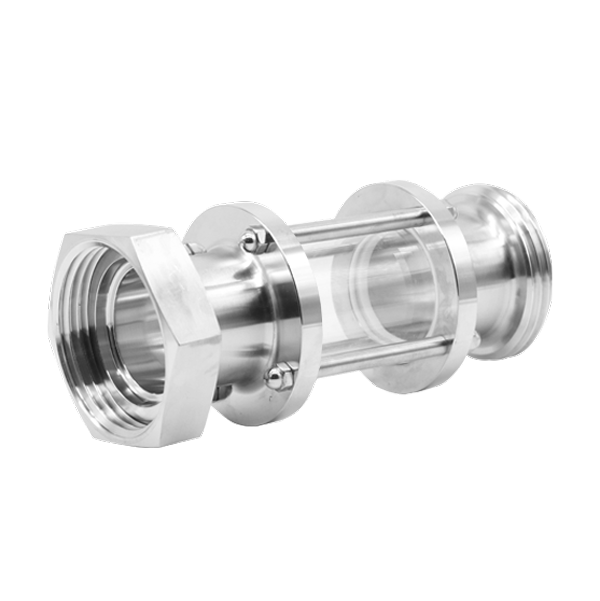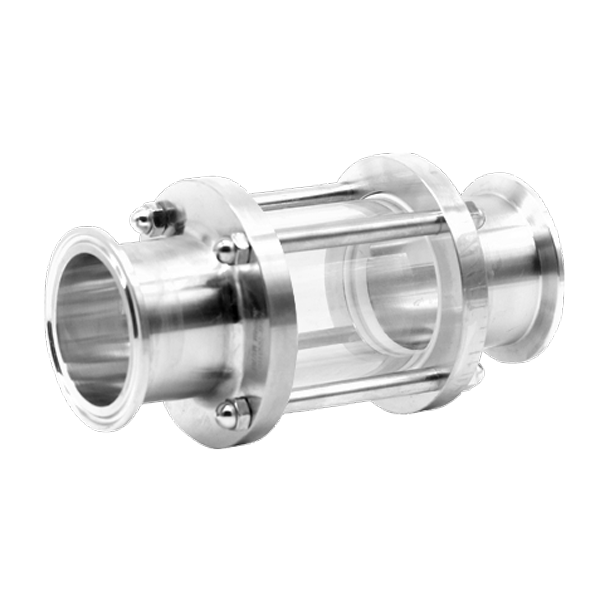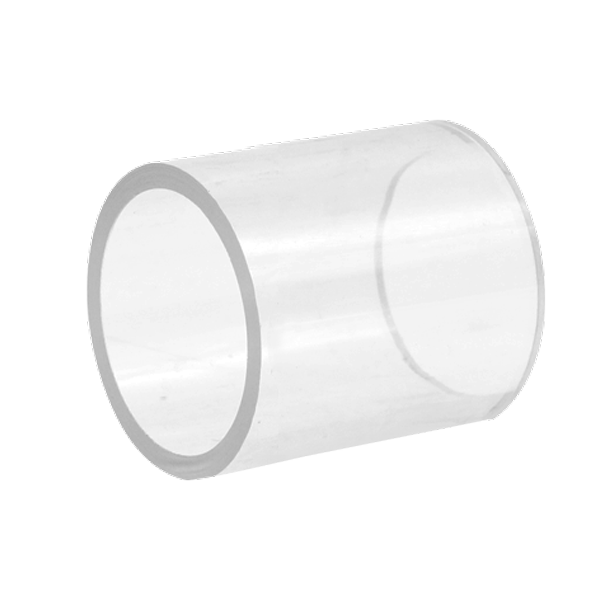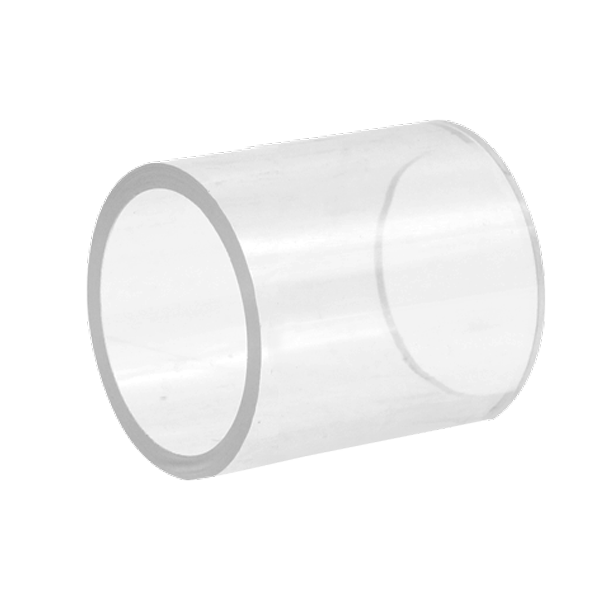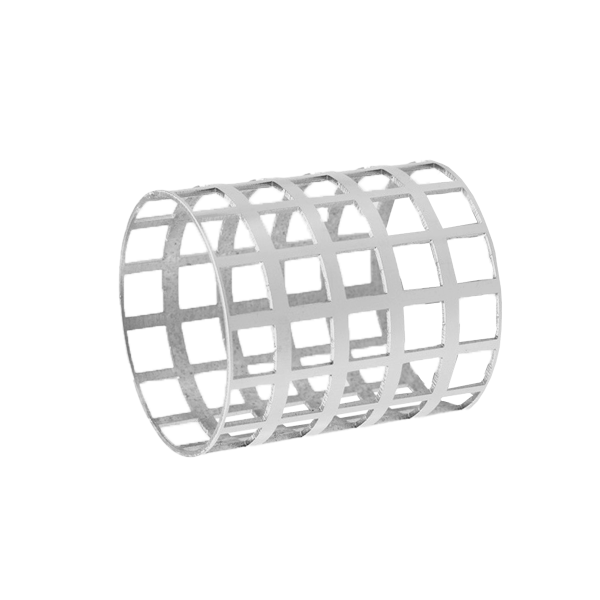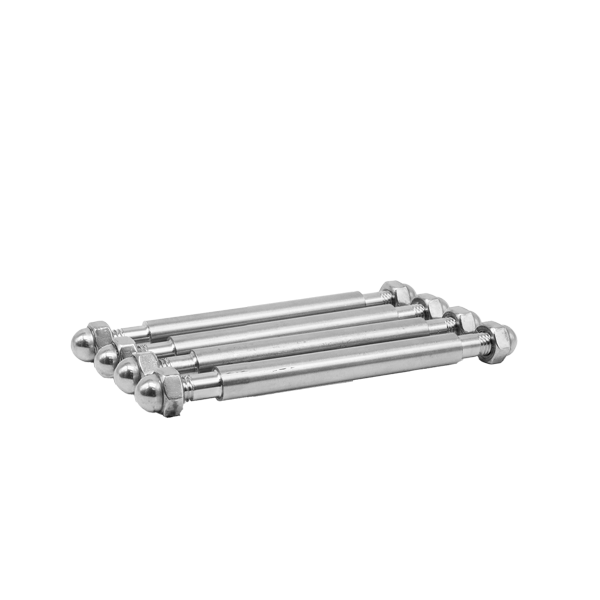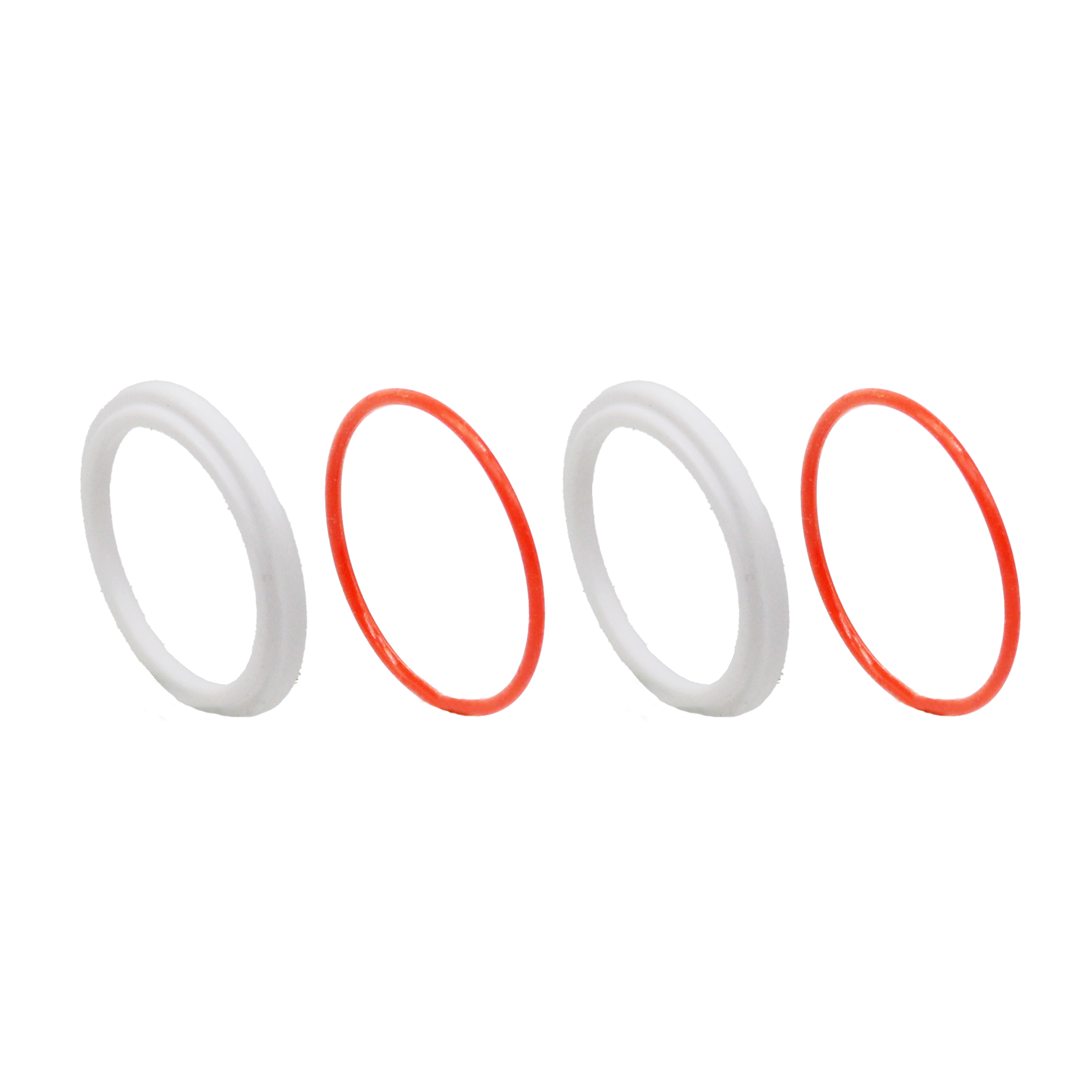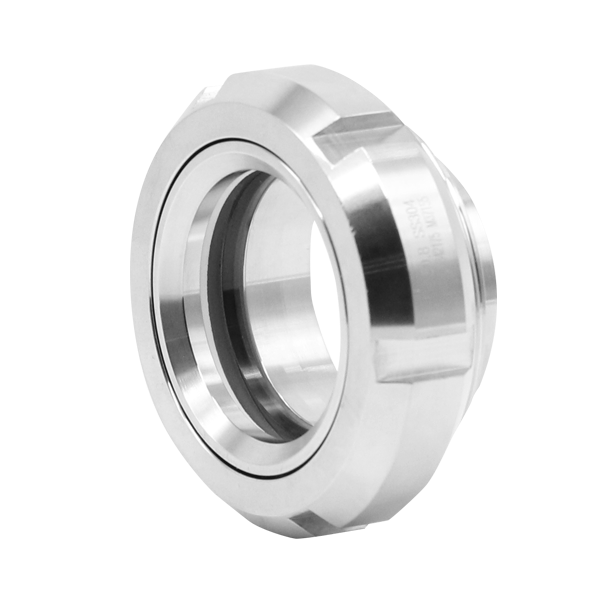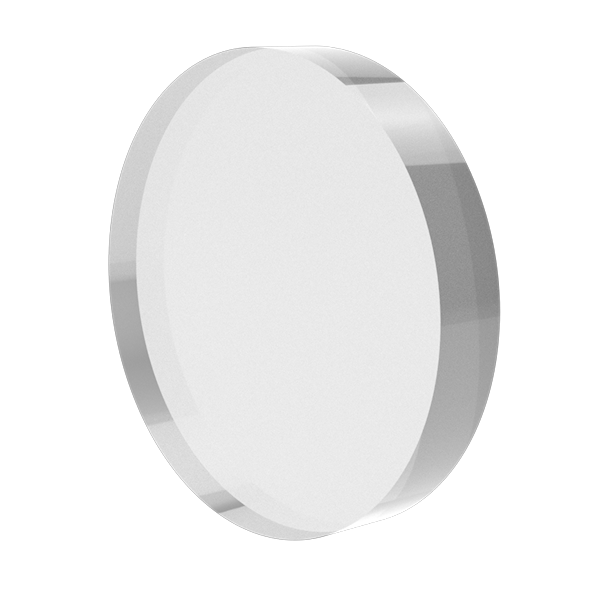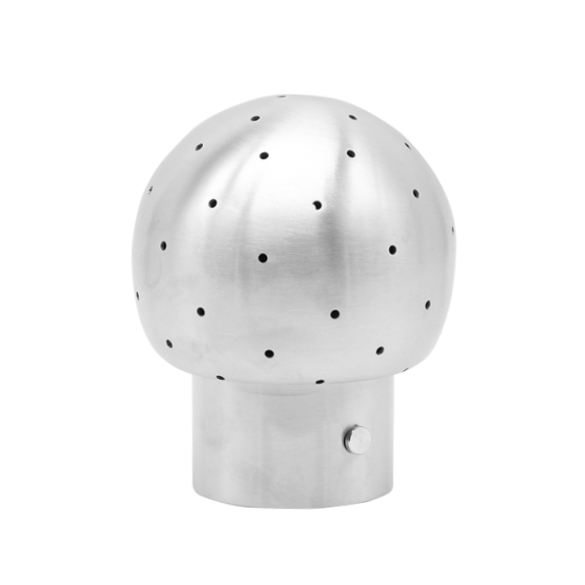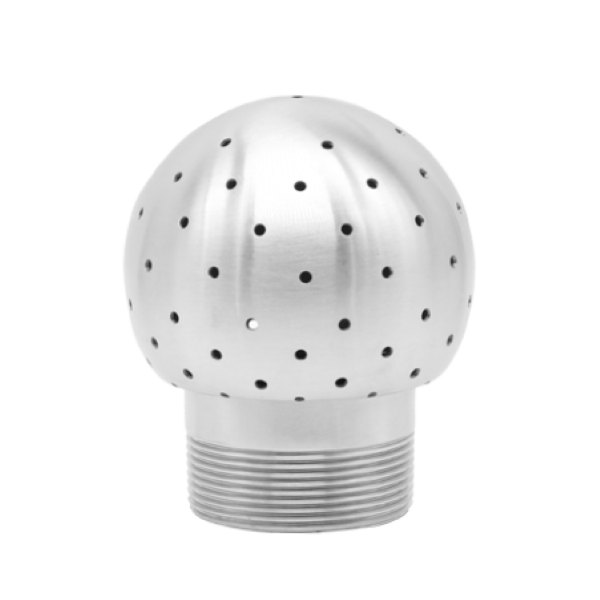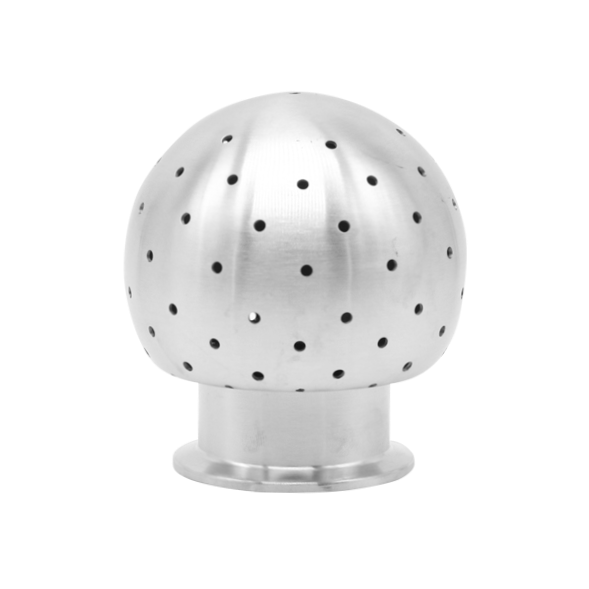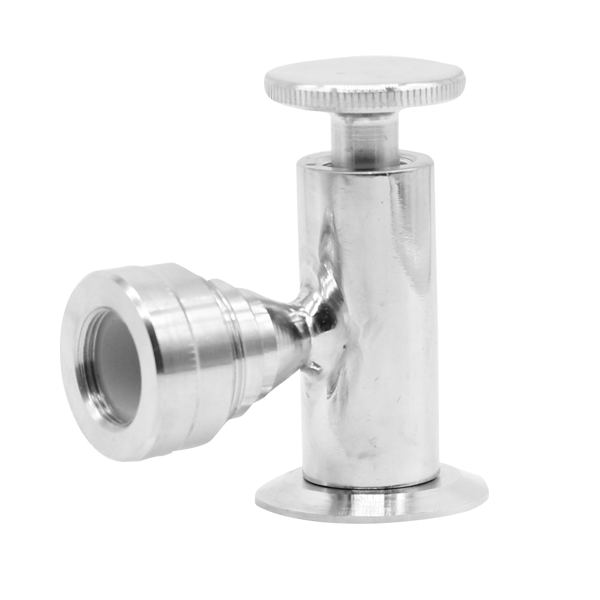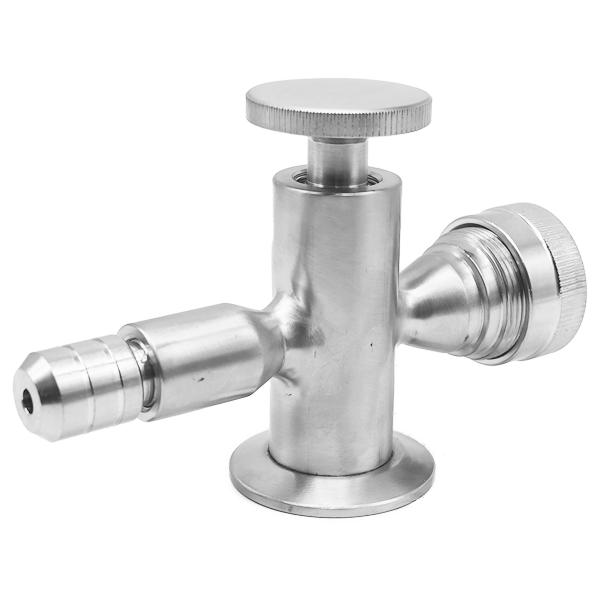About
Cellar & Brew Fittings saves time and money and is more hygienic as the weld is purge welded and then polished. All our Cellar and Brew Fittings have either Tri Clover ferrules or RJT male and female parts. All our stocked RJT fittings use a hex nut, but we can manufacture using a slotted nut if required.
Our elbows are available in 90 and 45 degree bends.
The tees we stock are equal tees but we can weld up swept tees as a special request.
The reducers we stock are concentric reducers and we can also supply eccentric reducers as a custom item. Any of the RJT Reducers have the male part on the smaller end and the weld liner and hex nut on the larger end.
We also stock both A & E series butterfly valves. The A series is the same as a Keystone F250 valve with the Trigger action handle. The E series features a simple pull and twist action handle.
Our inline Sight glasses, which feature a polycarbonate tube. We stock them from 1” right up to 6”.
There are many other fittings that are part of our Cellar and Brew fittings range. This range includes hose tails; both single and double swaged, RJT hose joiners, Racking plates, Spray balls, and RJT and Tri Clover union blanks with a ½ inch or ¾ inch BSP female thread in the middle. We have an extensive range of adapters for Tri Clover, RJT and press-fit. These can all be found on our website.
We also stock a range of Ball lock quick connect gas fittings, ready to use with either BSP or Hosetail connections.
For our custom fabrication service, get in touch with us by phone or email, or draw any of our fittings that you’d like us to weld together and we can quote you a price. This service compliments the sale of our fittings and can be used with products across the range, from schedule pipe to dairy tube fittings. All of these are purge welded if applicable and cleaned before they are sent out.
Our team can easily price any fittings to be welded and delivered to you. It is not only limited to welding but we offer a machining and threading service for any tube, pipe or fittings.
About
Cellar & Brew Fittings saves time and money and is more hygienic as the weld is purge welded and then polished. All our Cellar and Brew fittings have either Tri Clover ferrules or RJT male and female parts. All our stocked RJT fittings use a hex nut, but we can manufacture using a slotted nut if required.
Our elbows are available in 90 and 45 degree bends.
The tees we stock are equal tees but we can weld up swept tees as a special request.
The reducers we stock are concentric reducers and we can also supply eccentric reducers as a custom item. Any of the RJT Reducers have the male part on the smaller end and the weld liner and hex nut on the larger end.
We also stock both A & E series butterfly valves. The A series is the same as a Keystone F250 valve with the Trigger action handle. The E series features a simple pull and twist action handle.
Our inline Sight glasses, which feature a polycarbonate tube. We stock them from 1” right up to 6”.
There are many other fittings that are part of our Cellar and Brew fittings range. This range includes hose tails; both single and double swaged, RJT hose joiners, Racking plates, Spray balls, and RJT and Tri Clover union blanks with a ½ inch or ¾ inch BSP female thread in the middle. We have an extensive range of adapters for Tri Clover, RJT and press-fit. These can all be found on our website.
We also stock a range of Ball lock quick connect gas fittings, ready to use with either BSP or Hosetail connections.
For our custom fabrication service, get in touch with us by phone or email, or draw any of our fittings that you’d like us to weld together and we can quote you a price. This service compliments the sale of our fittings and can be used with products across the range, from schedule pipe to dairy tube fittings. All of these are purge welded if applicable and cleaned before they are sent out.
Our team can easily price any fittings to be welded and delivered to you. It is not only limited to welding but we offer a machining and threading service for any tube, pipe or fittings.
Videos On Cellar & Brew Fittings
How Do Liquid Level Gauges Work?
Liquid level gauges are in our Cellar & Brew fittings range. These are measuring instruments used to measure fluid levels in tanks and barrels.These are made up of two parts, known as the ‘Upper’ and ‘Lower’ fitting. Watch Wilson discuss what these are and how they are used
Our Range of Stainless Steel Hosetails
Watch Tristan discuss the difference between 2 very distinctly different barbed and swaged hosetails along with our pre-fabricated options.
Concentric vs Eccentric Reducers | Technical Tuesday
Concentric and eccentric reducers are used to join two different sizes of pipe or tube. Concentric reducers derive their name from their cone-like shape and have ends on the same axis. Whereas eccentric reducers have a straight side and a cone shaped side. Watch Morgan discuss the difference between these reducers.
How Do Spray Balls Work? | Technical Tuesday
Spray balls are part of our Cellar & Brew Fittings range and are commonly used in dairy factories, breweries and across the food industry. These are used to clean the inner walls of tanks. Watch Morgan discuss what spray balls are and how they are used.
What Are Racking Plates Used For? | Technical Tuesday
Racking plates are a part of our Cellar and Brew Fittings Range and used in winemaking and brewing industries. These are used to separate liquids and solids when transferring fermented liquid from one vessel to another. Watch Huntley discuss.
What Are Ball Lock Gas Fittings? | Technical Tuesday
A ball lock gas fitting is a type of quick-connect no-leak coupler that is commonly used in the wine and brewing industries. They’re mostly used with Carbon Dioxide and Nitrogen gases on tanks and kegs. Watch Huntley discuss.
Our Range Of Cellar & Brew Fittings
The Metal Company's range of Cellar & Brew fittings include tube bends, tees, valves and reducers which come with unions welded already on each end of them. Watch Frank discuss about our range and how they save you time and money.
What Are Sampling Valves?
Sampling valves are a type of valve which is used for taking small samples of liquid from tanks or pipelines. This is typically done for purposes such as quality control, identification and regulatory assessment. Watch Max discuss.
What Are Needle Valves?
Needle valves are used to regulate small amounts of flow or high pressures through either an appliance or system. The unique feature about these valves is that they have a small plunger which is similar to a needle. Watch Patrick discuss.
A Series and E Series Butterfly Valves Explained
Watch Patrick discuss A Series and E Series Sanitary Valves. Both are suitable for food and beverage applications and are available with butt weld, tri clover or RJT connections.
